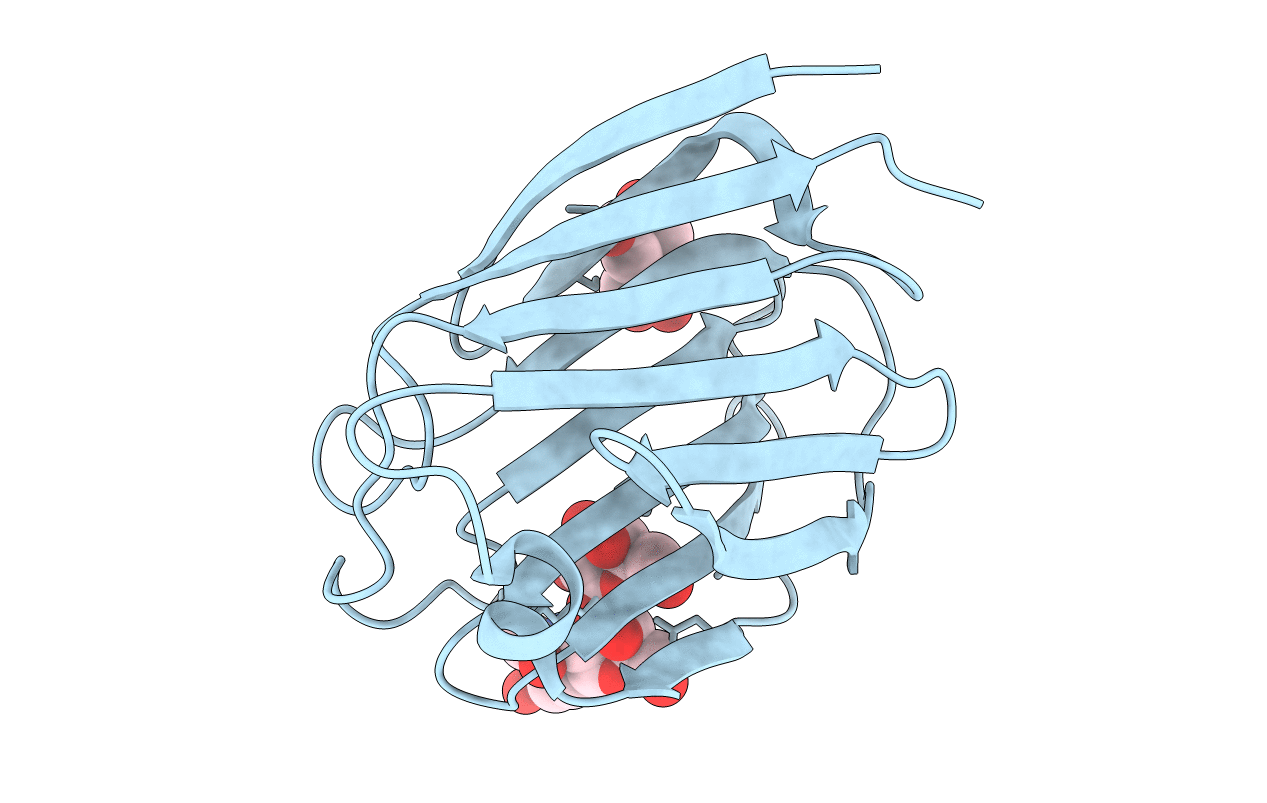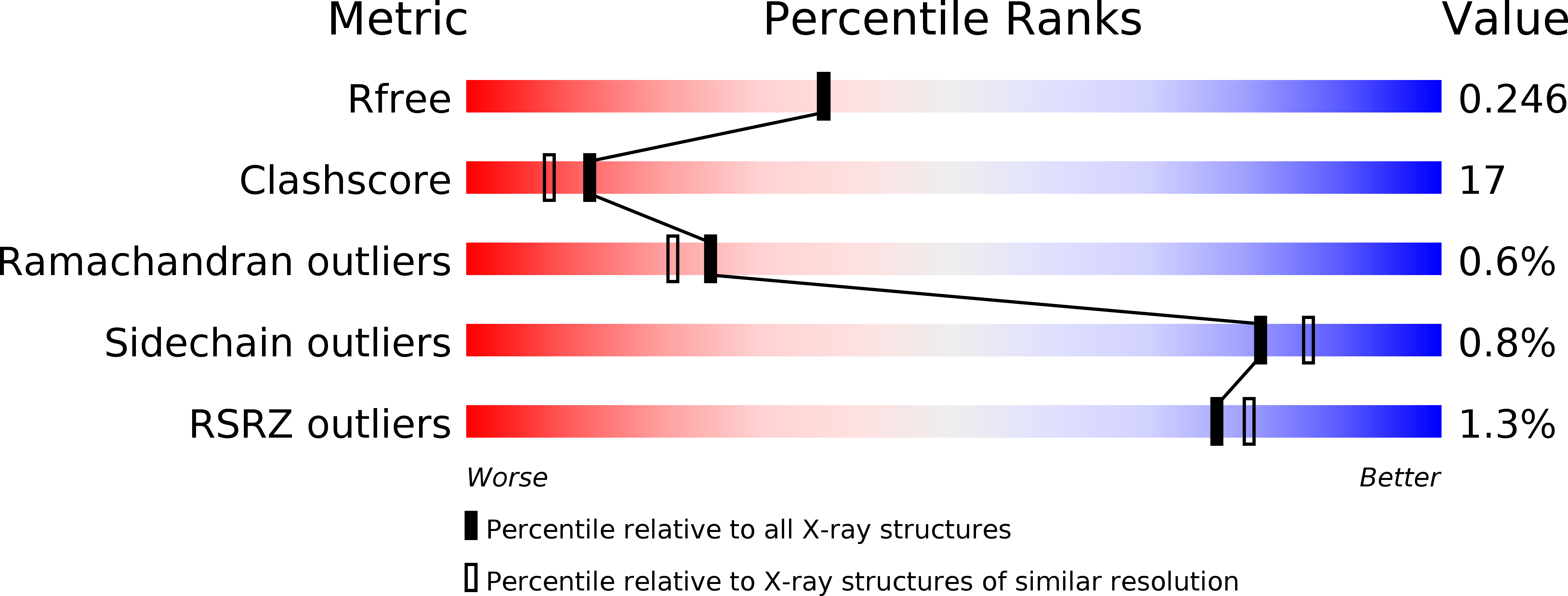
Deposition Date
2010-03-09
Release Date
2010-12-01
Last Version Date
2023-11-01
Entry Detail
PDB ID:
3M3O
Keywords:
Title:
Crystal Structure of Agrocybe aegerita lectin AAL mutant R85A complexed with p-Nitrophenyl TF disaccharide
Biological Source:
Source Organism:
Agrocybe aegerita (Taxon ID: 5400)
Host Organism:
Method Details:
Experimental Method:
Resolution:
2.10 Å
R-Value Free:
0.25
R-Value Work:
0.21
R-Value Observed:
0.23
Space Group:
P 32 2 1


